Elevate Your Global Presence: AI Text Translation Unveiled
AI text translation learns from repeated patterns to enhance accuracy and fluency. This expedites the translation process as a whole, automating tasks so you can better direct human resources and elevate your global presence. As a result, AI translation software is now part of many mobile app developer and SaaS platforms’ localization projects.
Localization allows you and your team to expand on a truly international scale. It puts you in touch with a multilingual audience that accesses, understands, and connects with your products and services in their preferred language.
At OneSky, we know AI is increasingly crucial to the workflows that make this dream happen.
We also know that linguistic nuance can’t fall through the cracks. AI is effective, but it’s not a total replacement. High-quality translations rely on both advancing technologies and human experts to reach international markets.
Below, we analyze the pros and cons of AI text translations, and how to bridge the gap with app localization services driven by humans.
The AI Revolution in Text Translation
The AI revolution in text translation wields artificial intelligence and complex algorithms to translate texts quickly. This process relies on several mechanisms: machine learning, natural language processing (NLP), and neural networks.
Machine learning is a subset of AI that allows algorithms to continuously learn from large amounts of data. It’s a primary component of neural machine translation (NMT) like Google Translate. Meanwhile, NLP is the intersection of AI and linguistics. Alongside machine learning, it improves processes and analyses according to human language patterns and generates text that mirrors human communication.
This input refines neural networks—the “brain” of machine learning—to better recognize patterns, make decisions, and identify intricacies (e.g. semantics, idioms, syntax, etc.).
According to an article by CloudTern Solutions, generative AI tools are also proving to be effective. The article points to cutting-edge solutions such as instant translation, cost efficiency, and matching brand tone, but highlights the importance of human translators.
As these tools evolve, what we gain is a natural aid for localization.
AI helps developers and SaaS companies penetrate the global market faster. It reduces some of the time-consuming localization conventions, offering automation and reduced costs. However, as with any machine-led translation solution, there are pros and cons.
Pros of AI Text Translation
AI text translations present several advantages that enhance the translation process. Below is a breakdown of the top three.
- Cost reduction: Automation speeds up efforts and economizes budgets. For example, AI can take on simpler tasks such as revitalizing old short-form content. This helps reduce the strain on human resources and cuts costs that can be better directed toward improving your global presence.
- Continuous learning: AI-powered workflows improve over time. They utilize machine learning algorithms to analyze past activities, identify patterns, and refine processes for more accurate translations and formatting.
- Efficiency and scalability: The localization process concerns everything from lexical variations to cultural sensitivities. It may take anywhere from a month to several if you’re translating into several different languages.
On your way to globalization, AI translation tools improve scalability and efficiency by automating repetitive tasks—significantly reducing the time and effort required for translation.
Cons of AI Text Translation
AI translation technology is undoubtedly a boon, but it’s not a total replacement for human expertise. Let’s go over the three main cons of this tech.
- Cultural and contextual limitations: Language barriers are less intense if you only translate a few lines from English to Chinese—but going global means tackling large-scale projects. This adds Japanese, French, Spanish, German, and much more to the mix, making nuance a greater challenge for AI.
Without enough data, AI-driven language translation loses important context. The result is poorly conveyed text a global audience can’t relate to and may even be offended by.
- Quality concerns: AI language models quickly provide translated texts, but speed is not synonymous with accuracy.
Developers and SaaS companies need to worry about the cost and time of oversight and corrections, as well as the security of AI. It may produce mistakes that expert human translators would otherwise catch.
- Integration and management: The current state of AI translation capabilities cannot replace existing workflows for global brands. As a result, you’ll need to question how well it integrates and how much management goes into real-time processes.
This includes the security of AI, the level of investment, extra headcount, and potential costs of reworks. You’ll additionally have to address the robustness of working with less widely translated language pairs.
Enhancing AI with Human Insight
Enhancing AI with human insight improves the localization process as a whole. AI can streamline workflows, improve turnaround time, and eliminate redundancies. AI models can also take on short-form source texts and quickly convert them to the target language, freeing up space in the pipeline.
Meanwhile, expert human translators combine AI efficiency with nuanced understanding.
Their presence is critical to culturally significant content that machines can’t parse. This includes but is not limited to humor, phrasing, slang, and structure—aspects that help global audiences build a relationship with a platform or app.
Dedicated systems like OneSky additionally provide translation memory and glossaries to aid humans. Users trust AI to fill in gaps, while translators ensure consistency and implement cost-effective reworks when needed.
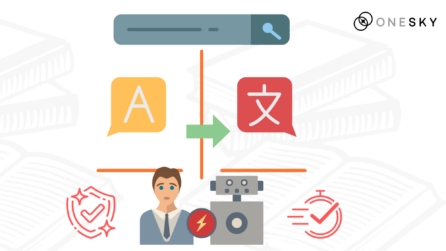
Success Stories
Success stories of a dedicated AI translation model are becoming more commonplace. One example is a case study from Mirai Translate, an AI-powered translation service. They worked with internal Panasonic departments that were heavily involved in international collaboration. While this differs from the localization projects mobile apps and SaaS platforms require to go global, it echoes some of the difficulties of insufficient translation.
For instance, there was no company-wide implementation. This meant that Japanese staff members had to rely on their own linguistic abilities. A comparison would be a development team solely relying on freelance human translators, which is costly and leaves room for knowledge gaps.
Panasonic teams noted the impact of AI on their global reach. They found that an automated AI service made communication more efficient. They could streamline email and internal document translation, and reach out to overseas bases with fewer worries about security breaches.
Lending that insight into localization and globalization, we know that breaching new markets requires high-quality translation for all public-facing material. AI fills gaps behind the scenes. Meanwhile, a human-supported localization service like OneSky ensures content resonates locally and reflects your consumer base.
Leveraging OneSky for Optimized AI Translation
OneSky is a leading localization solution provider that offers a hybrid translation service integrating human expertise to optimize AI translation.
Our innovative translation engine leverages adaptive neural networks to enable our professional translators to manage a larger volume of content. Additionally, their feedback on translation actively contributes to the ongoing improvement of AI translation quality across multiple languages. This collaborative approach aims to enhance translation quality and efficiency.
The necessity of adding our 1,000+ professional translators fluent in 50+ languages into the translation review process addresses nuanced cultural references or industry-specific jargon that AI can misinterpret, ensuring your output is both accurate and relevant. You’ll also be able to communicate and field questions with our human translators on our translation management system (TMS) if you have any doubts about translation.
Additionally, OneSky’s workflow and TMS integrate with many popular platforms so that no part of the pipeline slows down. Other features global developers and SaaS companies love include screenshot management, glossary tools, on-device testing, translation APIs, string context, and comprehensive file support. These features support localization teams’ every step and refine AI translation with more diligent, cost-effective oversight.
Crafting a Future-Ready Localization Approach Starts with OneSky
AI is revolutionizing how we approach localization. It’s helping teams work faster and trim down redundancies to provide accurate, culturally, and contextually relevant content. Your global engagement plan requires human knowledge.
Fortunately, you don’t have to choose between one or the other.
OneSky provides seamless end-to-end localization solutions for thousands of businesses worldwide, with a top-notch hybrid translation service integrating AI efficiency and in-house human expertise and a cloud-based translation management system (TMS) with robust features to streamline localization for mobile apps, games, websites and documents.
The cost savings in translation and higher productivity allow you to better position your service for international success. Tap into valuable insights as our platform transforms your strategies, maximizing oversight and optimizing efforts AI alone cannot.
Breach the global stage and secure your future growth with comprehensive app and SaaS localization services. Sign up with OneSky for a free trial today and check out our pricing once you’re ready to take the next step.

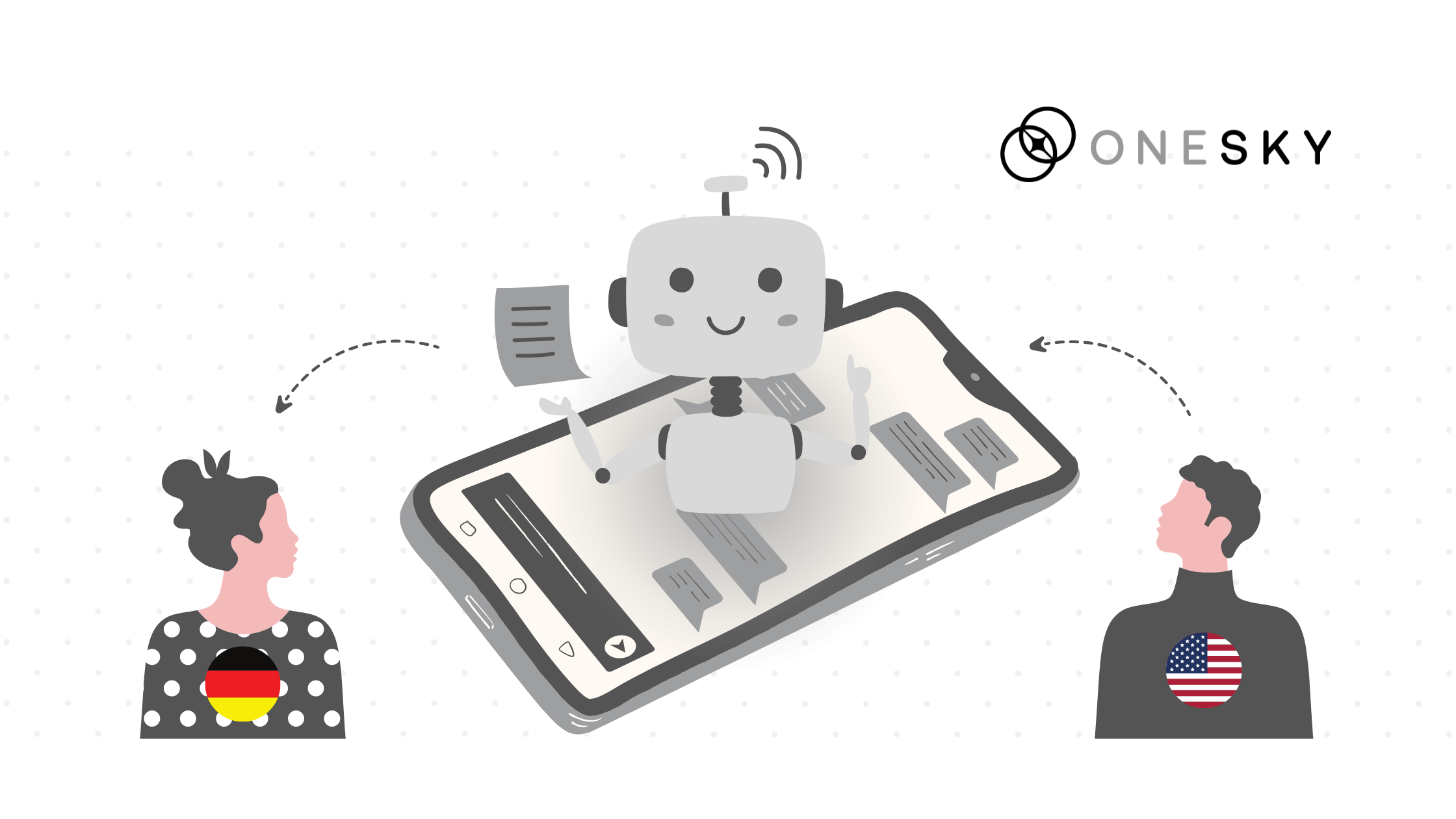
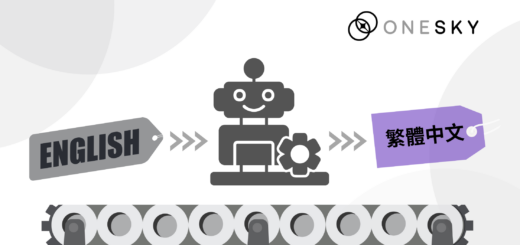
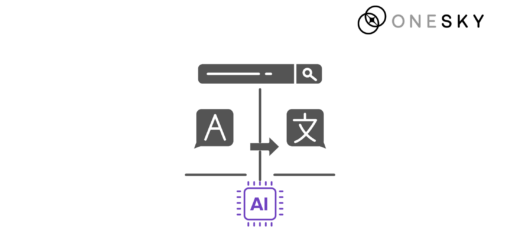
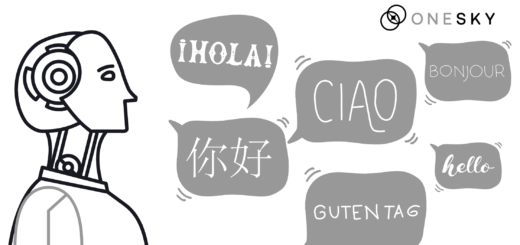





 Written by
Written by 


